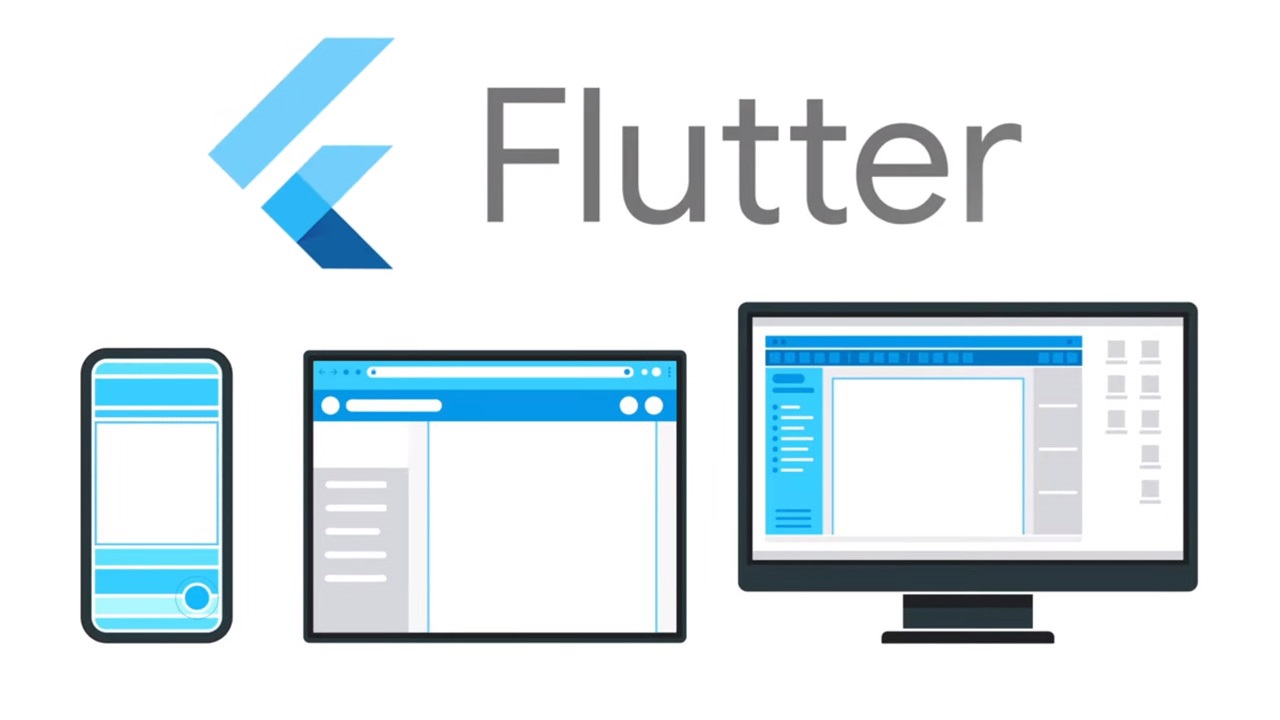
Flutter is a Google open-source framework for creating beautiful, natively compiled, cross-platform apps from a single codebase.
Flutter is made up of two main components
1. An SDK (Software Development Kit) is a set of tools that will assist you in the development of your applications. Tools for compiling your code into native machine code are included (code for iOS and Android).
2. A Framework (widget-based User Interface Library) is a collection of reusable user interface elements (buttons, text inputs, sliders, and so on) that you can customize to fit your needs.
You’ll use the Dart programming language to create Flutter apps. Google created the language in October 2011, but it has come a long way in the last few years.
Dart is a front-end programming language that can be used to create mobile and web applications.
Dart is a typed object programming language that you can learn if you have some programming experience. Dart’s syntax is comparable to JavaScript.
Why you should learn it?
It’s easy to learn and use
Flutter is a cutting-edge framework that you can feel! It’s a lot easier to create mobile apps with it. If you’ve worked with Java, Swift, or React Native, you’ll notice how different Flutter is.
Before I started using Flutter, I had no interest in developing mobile apps.
Maximum productivity comes from the quick compilation.
You can change your code and see the results in real-time thanks to Flutter. It’s known as Hot-Reload. After you save, it only takes a few moments for the application to be updated.
Significant changes necessitate a reload of the app. However, if you’re doing design work and changing the size of an element, you’re working in real-time!
Documentation is excellent.
It’s critical to have good documentation for new technology. But this isn’t always the case!
Flutter’s documentation has a lot to offer, and everything is very detailed with simple examples for basic use cases. Every time I’ve had a problem with one of my widgets in my code, I’ve been able to look up the answer in the documentation.
How to Test Flutter Apps
Testing at the unit level
A Flutter app’s unit tests verify the behavior of a single method, function, or class. To put it another way, unit tests ensure that the method under test produces the expected result when given a specific input. They assist users in writing code that is more testable and maintainable.
The Flutter plugins for IntelliJ and VSCode allow users to run automated unit tests. In addition to supporting the execution of tests, IntelliJ and VSCode offer the fastest feedback loop and the ability to set breakpoints.
Widget Evaluation
Widget tests, also known as component tests in other UI frameworks, ensure that the widget’s UI responds to certain interactions as expected. Because it involves multiple classes and requires a test environment that provides the appropriate widget lifecycle context, it is much more comprehensive than a unit test.
The widget’s test environment, on the other hand, is a much simpler implementation than a more developed UI system. Users of Flutter should write widget tests for all of the common widgets they use in their apps.
Integrity Checking
Integration tests examine the entire app or a significant portion of it. These tests check the application’s performance and make sure that all of the widgets and services are working properly together.
Users of Flutter run integration tests on real devices as well as virtual devices like simulators and emulators. These tests are split into two parts: first, the application under test is deployed to a device (real or virtual), and then the application is driven from a separate test suite. This ensures that everything is working as it should.
